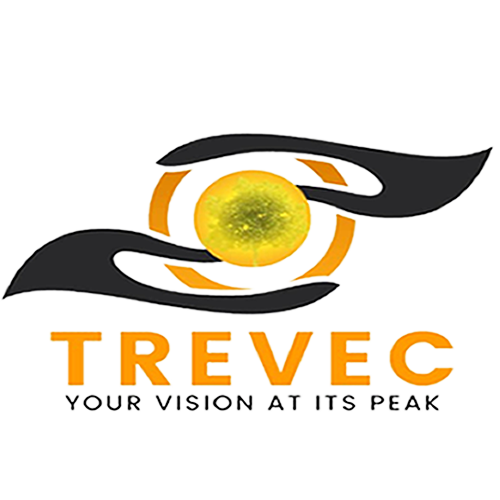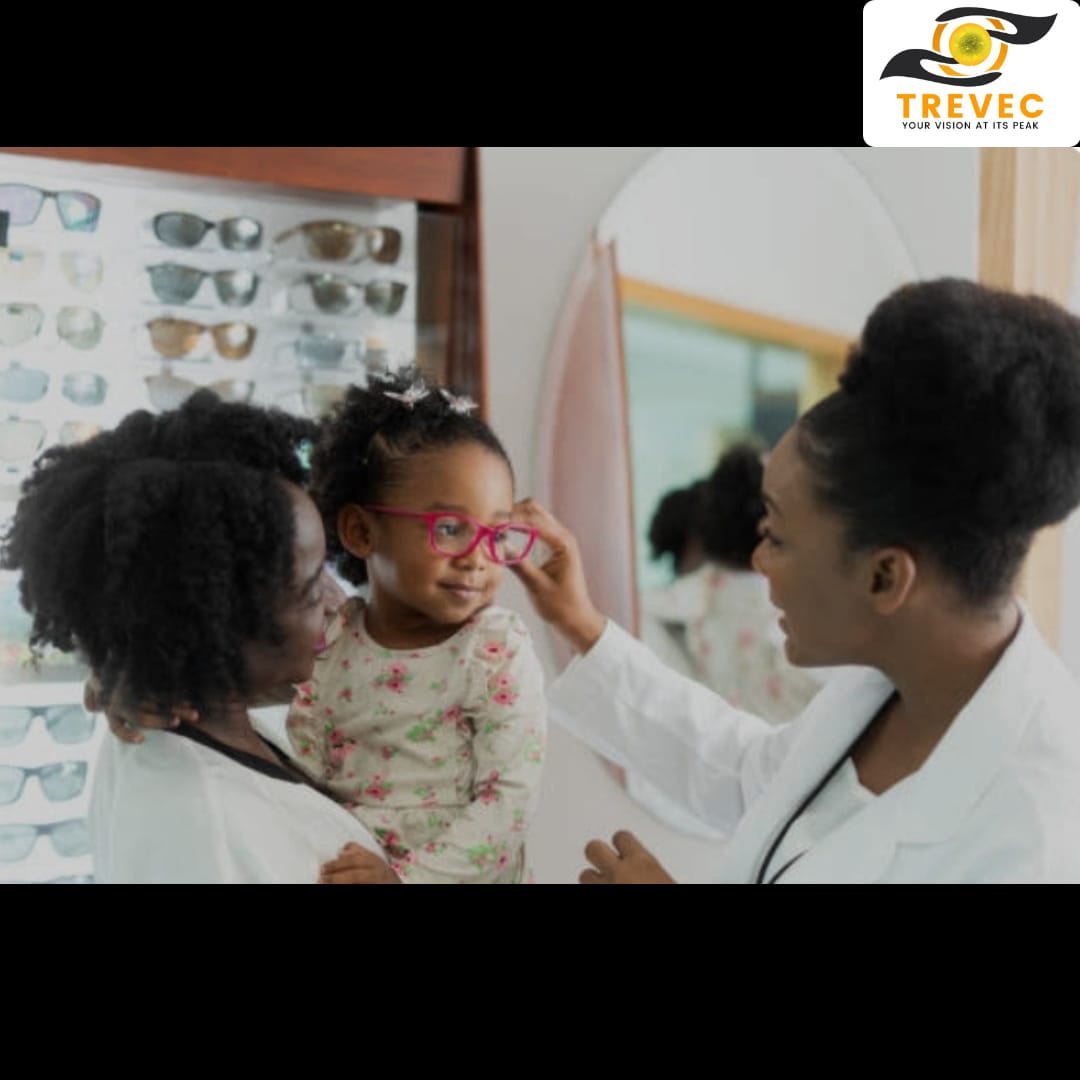As a parent or guardian, be cautious of individuals or items that promise easy or fast solutions for vision challenges. There is no scientific proof that only through specific diets, large doses of vitamins, restricting sugar intake, and its likes can provide treatments for vision-related issues.
Instead, skilled eye doctors can offer the assistance and direction that a child requires. Success requires time and patience for both children and parents. That is why, in this blog post, we have given detailed suggestions for parents to follow when they detect signs of vision issues in their children.
STEP-BY-STEP TIPS FOR PARENTS WHO HAVE OBSERVED VISION WARNING SIGNS IN CHILDREN
Step 1: Observe and Document for at least 1-2 weeks
Do so by Keeping records in a diary to monitor your child’s actions and vision-related problems (just so you don’t forget). Keep an eye on your child’s eye squinting or rubbing, trouble seeing faraway objects, holding books or devices too close, any complaints of headaches or eye discomfort, and avoiding reading or tasks that require focus. Then, record how often, how long, and how severe the symptoms are.
Step 2: Arrange and get ready for an Eye Examination (within 2-4 weeks)
Schedule a visit with an optometrist, select an eye care professional with experience in children’s vision, and prepare the child for the eye exams by explaining the examination process to your child in a way that the child would understand, ensuring the child is at ease and relaxed. Also, bring the child’s medical history, pertinent family medical history, a list of medications or allergies, and your observation diary or record to the eye doctor.
Step 3: Comprehend the Diagnosis and Treatment
Ask questions about the diagnosis and treatment choices, and make sure you understand the type of vision problem (e.g., nearsightedness, farsightedness, astigmatism). Proceed to discuss treatment options (e.g., glasses, contacts, vision therapy). As a parent or guardian, be committed to learning about any necessary follow-up appointments or tests.
Step 4: Adhere to Recommended Treatment
Ensure the child wears prescribed glasses or contact lenses properly(if recommended), and if you as a parent wear glasses, encourage the child by always wearing yours. Attend scheduled vision therapy sessions (if recommended). Also, monitor the child’s progress, adjust treatment as necessary, and encourage good eye care habits (e.g., taking regular eye breaks, limiting screen time, and using proper lighting).
Step 5: Schedule Regular Eye Examinations
Schedule yearly eye exams to monitor vision changes, adjust treatment plans as needed, and stay informed about the latest research and advancements in children’s vision care.
Additional Suggestions:
– Be patient and supportive throughout the process.
– Educate your child about eye health and vision care.
– Encourage open communication about vision-related concerns.
– Seeking advice from your optometrist is necessary. (your optometrist should be your number-one go-to person every time!)
By following these steps, parents can help identify and address potential vision problems, ensuring their child receives proper care and support for optimal vision and overall well-being. To schedule an appointment for your child or ward, visit TREETOP VISION EYE CENTER(TREVEC), the best eye clinic in Utako, Abuja.
TREVEC CARES!!!


